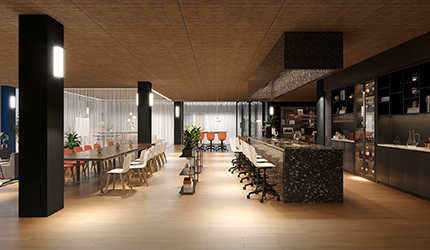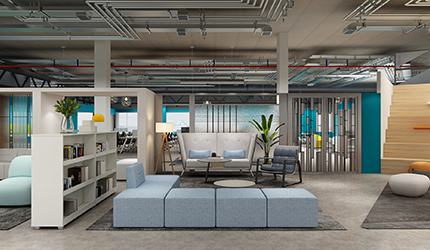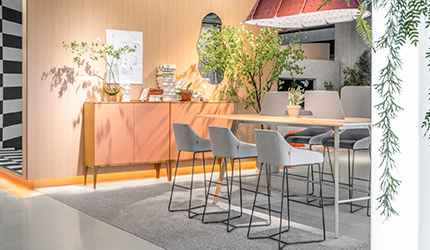
Office design is much more than color and space planning. Though often neglected or disregarded, texture plays an important role in making an office interior design work. Adding this to the design, furniture and materials bring warmth to the space and humanizes it. It is an essential element for attracting the right talent and giving the best impression to your guests.
Commonly, texture is assumed to be the design elements that you can touch and feel. But it is not just tangible but also a visual appearance. It can be a multi-sensory experience and you don’t always need to touch to get the textural quality. Layering in textures makes spaces feel cozy and personal. Using a variety of textures can add an extra layer of dimension to your space and make a very bold statement.
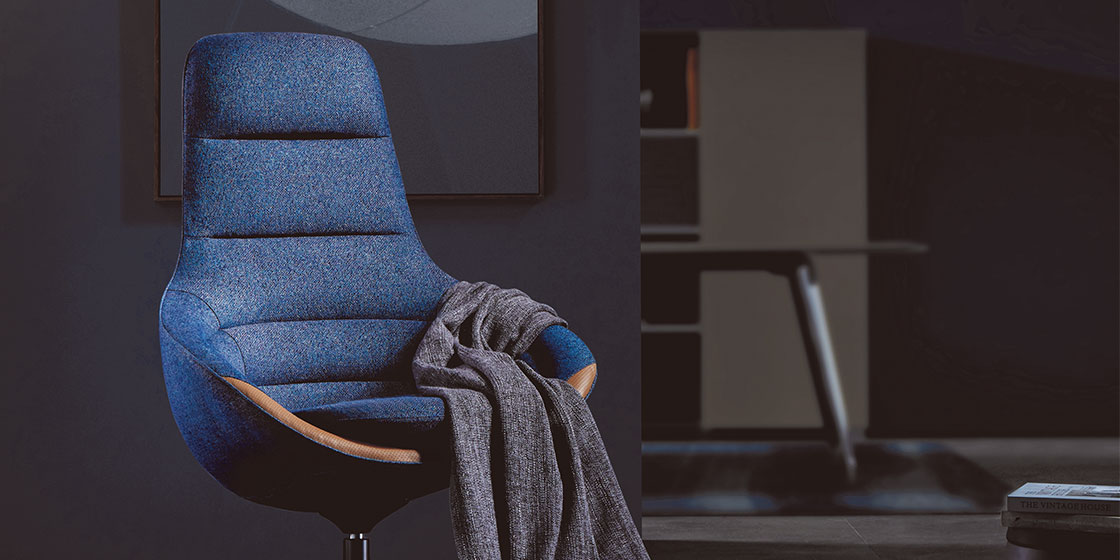
D3 Lounge Chair with KU fabric from Denmark
The role of texture
One element in office design that can create a ‘’wow’’ factor in your space is texture. Here are a few reasons why you should consider texture as part of your interior office design planning:
The look and feel of the space
Plain smooth surfaces can feel flat and boring. Different textures can add depth and vitality to a space. Soft upholstery fabrics and would make people feel right at home whereas elements like glass, metal, and stone give a polished and serious look.
Goes well with colors
Texture works well for a monochromatic look as well as for multi-colored offices to create a greater distinction between rooms. You can use contrasting textures to give life to a single color while creating harmony in the workspace.
Controlling the acoustics
Noise is a big issue in the office especially due to the hard surfaces and exposed walls. You can add additional control on acoustics using soft materials like plush rugs, cushions, soft seating, and big fabric sofas.
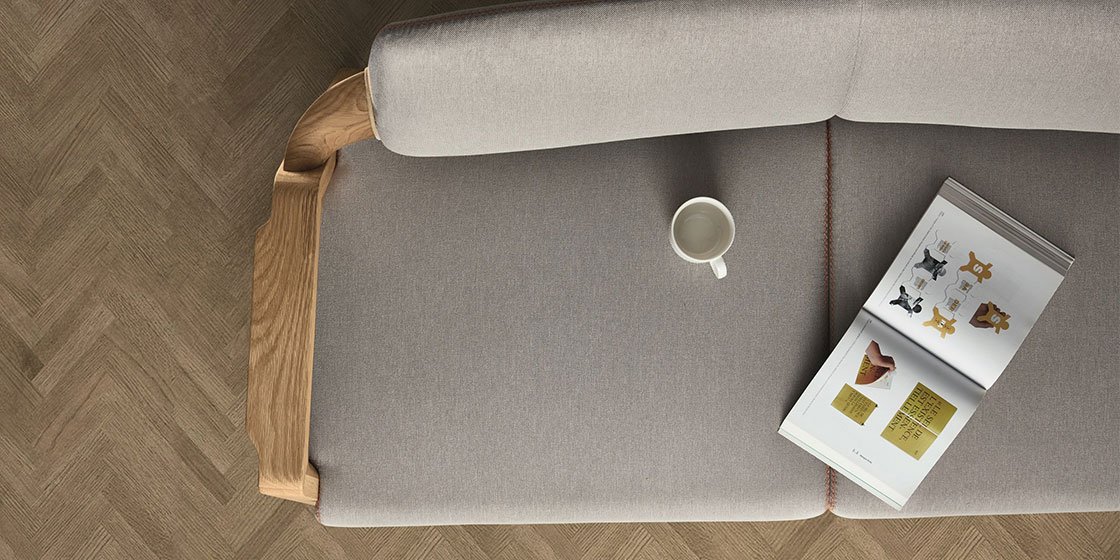
Jason Sofa with skin-friendly materials
Adding Biophilic element
Natural materials have become really popular with designers and people also feel a desire to be connected to nature while being in office. A wood table can add a touch of warmth to the room and look amazing.
Highlighting different spaces
Different textures can also be used to segregate various zones and way-finding around a space. You can also utilize texture to highlight key elements you want employees and/or visitors to see first the moment they step into the office. E. g. you might use a plush carpet in the office lobby and granite tiles around the reception desk and for the pathways.
Acts as a communicator
You can tell about space by the furniture material and texture. E.g. a luxurious leather sofa or chair tells you that the space is probably either an executive boardroom or a private office. Whereas stackable lightweight chairs tell you that the space is for multi-functional team activities
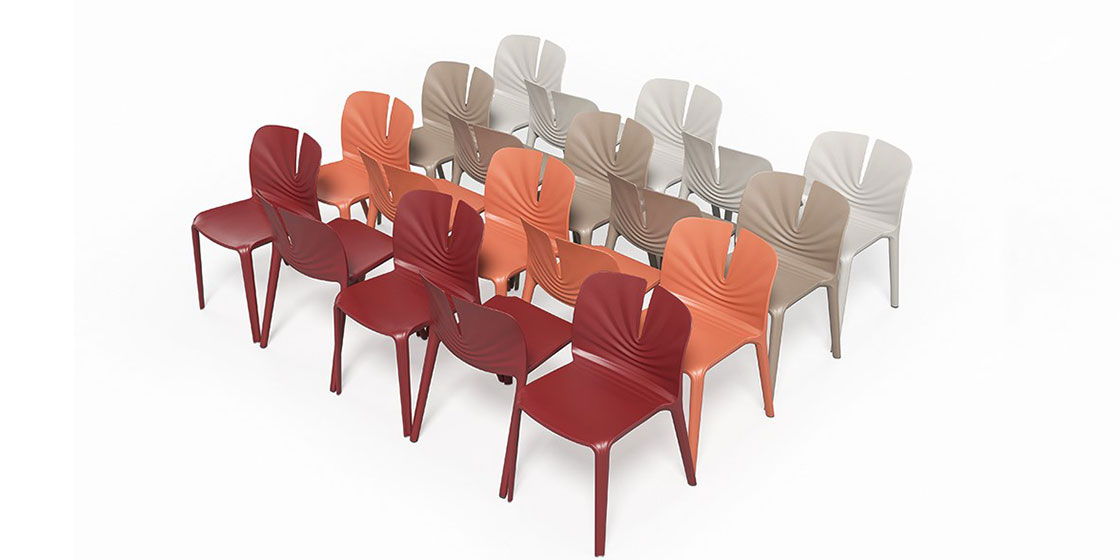
Few tips on using texture in the workplace
· 2 to 3 textures for any given space is welcome or else it might feel cluttered.
· Try 3D printed pieces that push the boundaries of conventional wall art and add texture to the walls.
· Mix it up: Pair wood with stone. Combine leather with fabric. Add texture to something smooth.
· Metal sculptures, books, plants, glass jars, and wood bowls can also bring textures to the workplace.
Please leave your message here! We will send detailed technical info and quotation to you!

